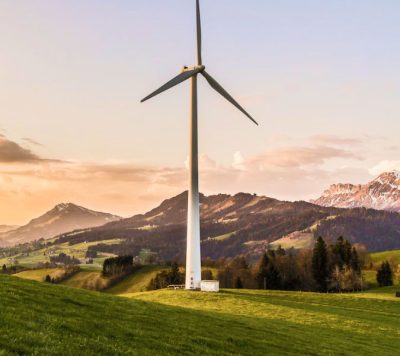Global warming is no longer a distant threat but a present reality, impacting economies and industries worldwide. The increase in global temperatures, driven by human activities, has led to significant changes in weather patterns, sea levels, and ecosystems. These changes are reshaping the economic landscape, presenting both challenges and opportunities for industries.
The Economic Impact of Global Warming
Agriculture: One of the most affected sectors is agriculture. Changes in precipitation patterns, more frequent and severe droughts, and extreme weather events are disrupting crop yields. This leads to food scarcity and increased prices, affecting both consumers and producers. Developing countries, which rely heavily on agriculture, are particularly vulnerable.


Insurance: The insurance industry is facing higher costs due to an increase in the frequency and severity of natural disasters. Floods, hurricanes, and wildfires are becoming more common, leading to greater claims and higher premiums. This impacts not only the profitability of insurance companies but also the affordability of insurance for consumers.
Health: Rising temperatures contribute to the spread of diseases, heat-related illnesses, and respiratory problems. This increases healthcare costs and reduces labor productivity. Economies with less resilient healthcare systems are more severely affected.
Energy: Global warming affects both the supply and demand for energy. On the supply side, extreme weather can damage infrastructure and disrupt energy production. On the demand side, hotter temperatures increase the need for cooling, putting a strain on energy resources. This necessitates investment in more resilient and sustainable energy systems.


Tourism: Many tourist destinations are at risk due to climate change. Rising sea levels threaten coastal areas, while changing weather patterns can make some regions less attractive to tourists. This affects local economies that rely on tourism as a major source of income.
Green Building: The construction industry is adopting green building practices to improve energy efficiency and reduce carbon footprints. This includes using sustainable materials, improving insulation, and integrating renewable energy sources into building designs.
Circular Economy: Businesses are moving towards a circular economy model, which emphasizes recycling, reusing, and reducing waste. This not only conserves resources but also reduces environmental impact and creates new business opportunities.

Colorful Packaging’s Contribution to a Greener Planet
At Colorful Packaging, we recognize the urgent need to address global warming and are committed to playing our part. Our eco-friendly packaging solutions are designed to reduce environmental impact. We utilize sustainable materials and production methods that minimize energy consumption and waste.
Community Engagement: We believe in the power of community. By actively engaging with local communities, we promote environmental awareness and support initiatives that drive positive change. Our partnerships with local organizations help us stay connected and responsive to the needs of the communities we serve.
Innovative Solutions: Our commitment to innovation drives us to continuously develop new, eco-friendly packaging solutions. From biodegradable materials to reusable designs, we are dedicated to providing products that meet the needs of our customers while protecting the environment.
global warming is reshaping economies and industries worldwide, presenting both challenges and opportunities. By adopting sustainable practices, businesses can mitigate the impacts of climate change and contribute to a greener, more resilient future. At Colorful Packaging, we are proud to be part of this global effort, offering solutions that not only meet the needs of today but also safeguard the planet for future generations.








